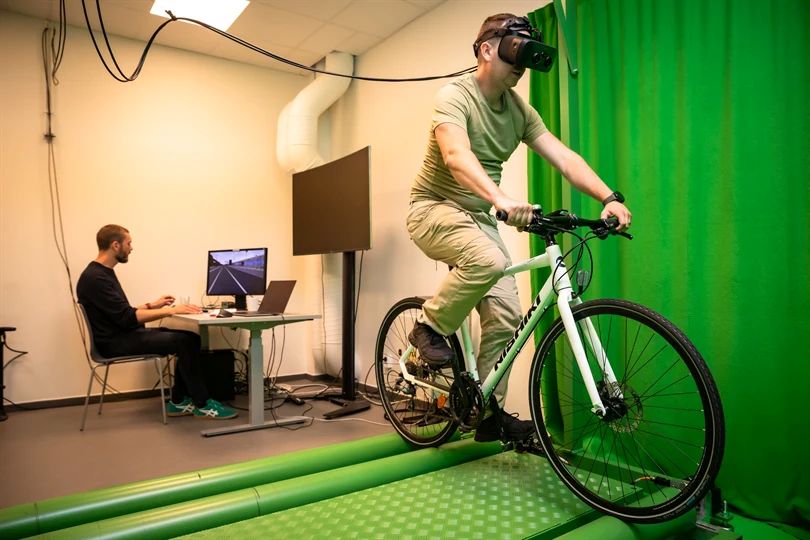Increasing cycling in rural areas is an element in achieving the goal of increased and safe cycling. The single most important factor in endeavours to make cyclists feel comfortable with the situation is overtaking by motor vehicles. More knowledge and clearer rules are needed, according to a new research report from VTI, the Swedish National Road and Transport Research Institute.

“Research on what would lead to more cycling has so far been more focused on urban environments. To achieve the goal throughout the country, efforts are also needed in rural areas,” says research leader Katja Kircher, who ran the project “Cycling on rural roads – removing barriers”.
Swedish legislation states that a safe distance must be maintained when overtaking, but there is no definition of what this means. The study investigated which factors determine whether overtaking by a motor vehicle feels safe for cyclists. To find out, the researchers invited three different groups of cyclists to take part: those who cycle as exercise, those who commute, and those who currently cycle in places other than roads.
The test participants cycled with VR headsets in VTI’s cycling simulator on different types of asphalt roads – everything from narrow country roads to 2+1 roads. The participants cycled on the simulated road types while a virtual car overtook them at a distance of 1.5 metres. On the narrowest road, the distance was 1 metre. The participants were asked to estimate the lateral distance to the car at the moment of overtaking and to indicate how safe they felt.
The test was then repeated with adjustments to the distance and other factors until most participants felt comfortable with the situation. The same tests were carried out with a virtual lorry. For an overtaking manoeuvre to be perceived as safe, a lateral distance of 2.5 to 3 metres or a complete lane change was required, in some cases combined with a decrease in speed.
“The conclusion is that there is a need for clearer rules defining what constitutes a safe distance. For all cyclists to feel safe and secure, the driver needs to make a lane change and slow down. There needs to be clear communication on how to ensure the safety of all road users.”
A traffic situation like this would encourage more people to choose cycling, even in rural areas. This is desirable and necessary for many reasons, not least because of the climate issue, public health and social justice.
“Our research clarifies the concept of ‘safe’ in the context of overtaking, so that it can be used in legal contexts and implemented in algorithms for self-driving vehicles, for example,” says Katja Kircher. “It is important that we ensure that all types of road users can move freely and safely on the roads.”
The co-authors of the study are Magdalena Lindman of If Skadeförsäkring AB, Job van Eldijk of Ramboll Sweden AB and Johan Weman of Poc Sweden AB. The funding body is Vinnova.
Translation: CBG






Follow us: